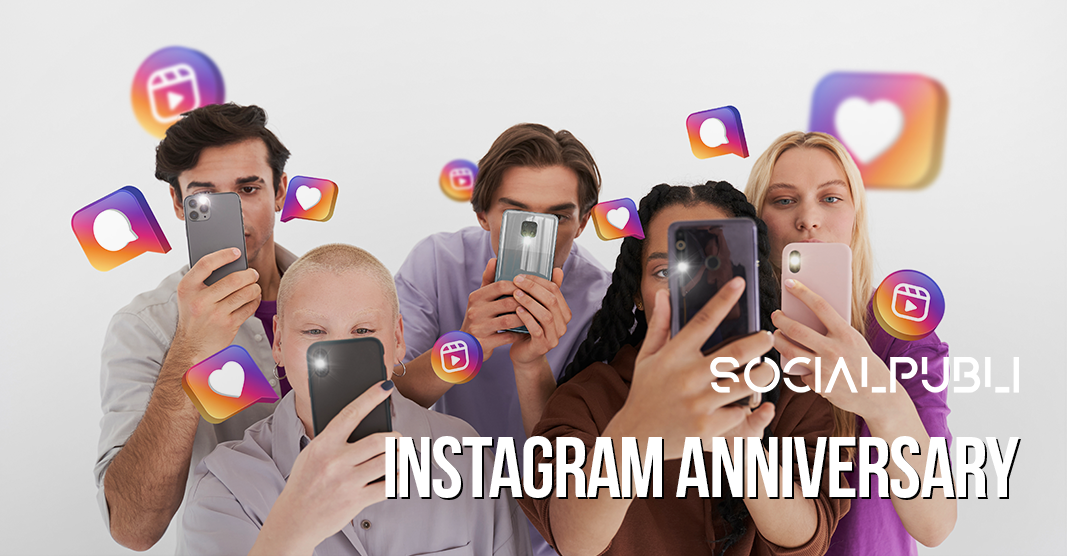Instagram celebrates its 14th birthday of successful evolution, from those old first posts resembling the Polaroid aesthetic, to being the current more versatile social network of the world, capable of creating new celebrities, selling everything everytime, being a megaphone for activism and connecting millions of people around the world daily.
Instagram, one of the most influential platforms of the digital age, is celebrating another anniversary, and with that, it’s the perfect time to reflect on its impressive evolution. Since its launch in 2010, the social network has transformed the way we share our lives, connect with others and even how brands interact with their audiences. What started as a simple photo sharing app with filters has grown into a global giant that drives trends, influences cultures and redefines the concept of online community. Join us as we explore the key milestones that have shaped Instagram’s history and its impact on our lives over the years.
Instagram’s legacy: 14 years of evolution and visual revolution
Instagram, one of the most influential platforms of the last decade, celebrates its anniversary and invites us to reflect on its journey and impact. Officially launched on 6 October 2010 by Kevin Systrom and Mike Krieger, the app initially focused on offering users a simple way to share photos and apply filters. In less than two months, it had already captured the attention of more than one million users, ushering in a visual revolution that would redefine the world of social media.
Also read: tik tok algorithm
The first steps: a visual community
Instagram was born as a photo platform for iOS devices, allowing users to apply vintage filters to their images and instantly share them with their community. This, coupled with its intuitive interface, quickly made it a favorite app among photography enthusiasts and the general public. Its ability to simplify the process of editing and publishing images in an era when smartphone cameras were just beginning to improve made all the difference.
The success was so overwhelming that in April 2012, just two years after its launch, Facebook acquired Instagram for $1 billion. This acquisition helped boost the platform even further, giving it access to a much larger user base and the resources it needed to expand its functionality.
Steadily evolving
What started as a simple photo-sharing app has evolved tremendously over the past 14 years. Instagram has been adapting to market trends and the demands of its users. In 2013 it introduced the possibility of sharing short videos, expanding the forms of creative expression. Then, in 2016, came the popular ‘Instagram Stories’, a Snapchat-inspired feature that allows users to share ephemeral content. With this, Instagram not only maintained its relevance against the competition, but also established itself as an essential platform for marketing and personal promotion.
With more than a billion monthly active users, Instagram has proven to be much more than just a photography app. Today, it is a space where companies, influencers and users share their daily lives, promote products and services, and create global communities.
Future and sustainability
In its constant evolution, Instagram continues to look for new ways to innovate. From the recent push for ‘Instagram Reels’ to compete with TikTok, to online shopping functionality, the platform continues to adapt to the needs of the modern digital world. Instagram’s legacy will undoubtedly continue to set the standard for how we connect and express ourselves visually.
Who could have imagined that, in just over a decade, a simple photo-sharing app would have such a global impact?
Also read: discover












